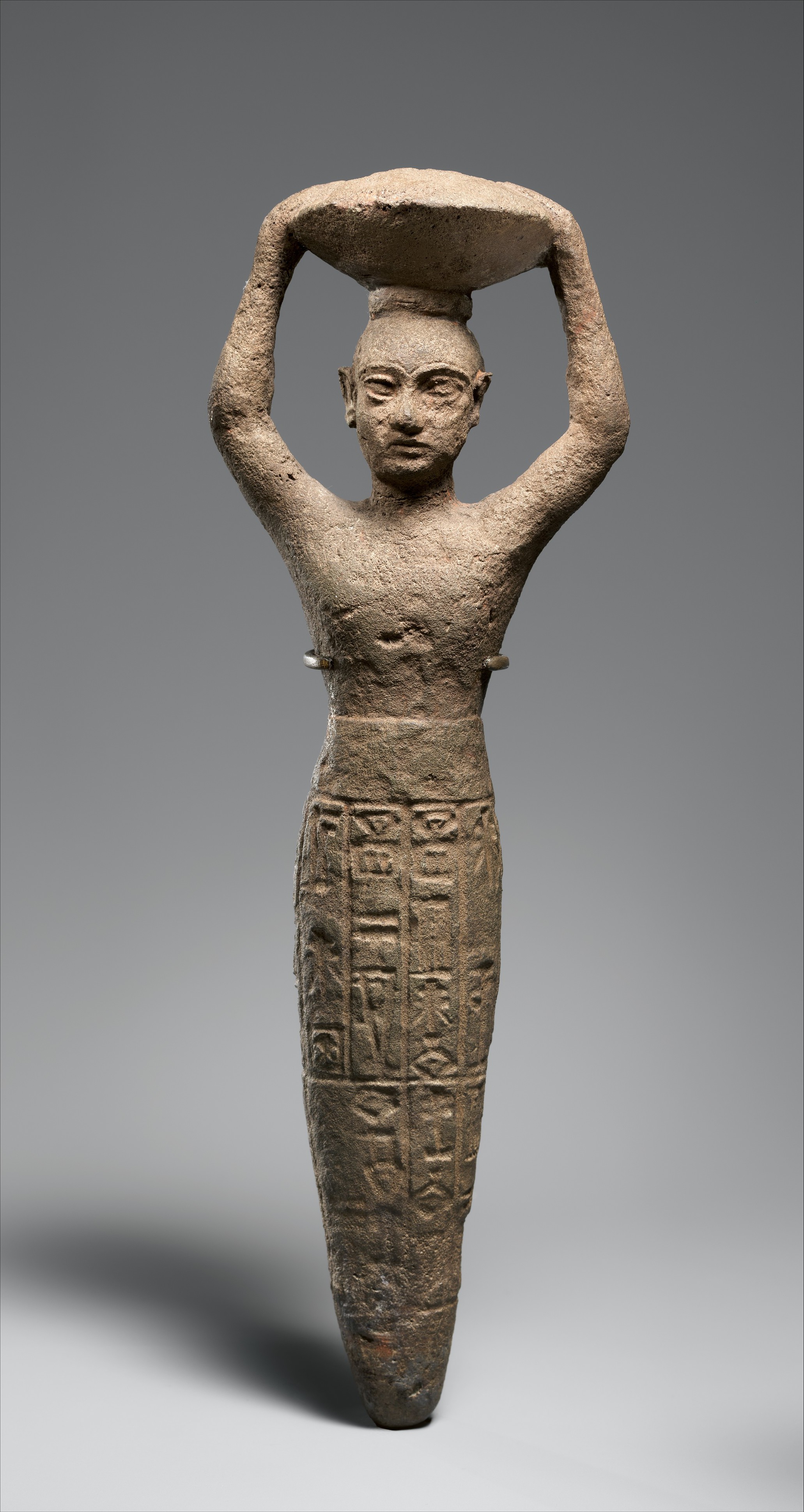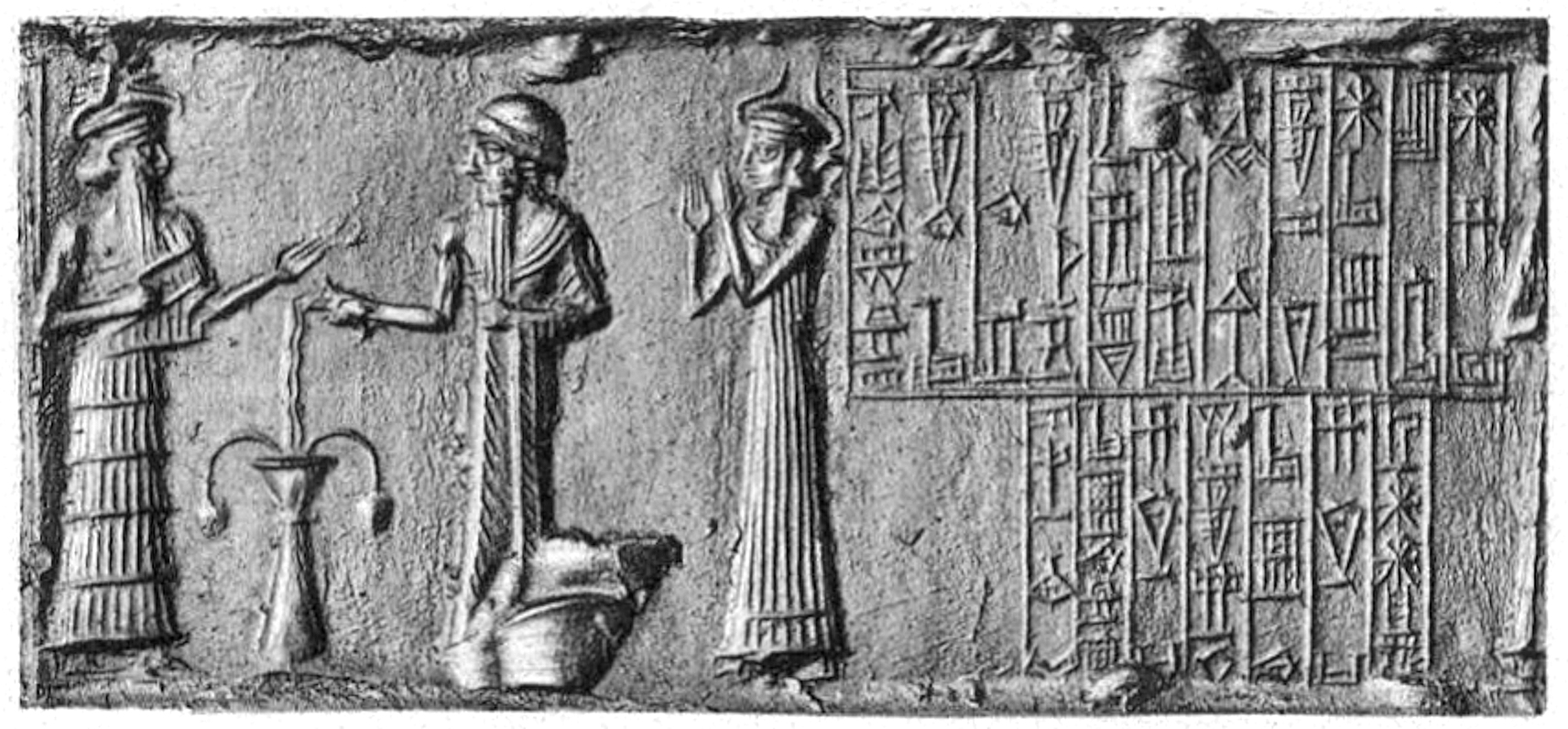|
Nimintabba
Nimintabba ( DNimin-tab-ba, previously read Dimtabba) was a Goddess of Sumer."Another little-known deity is Nimintabba. This goddess had a small temple in the city of Ur, built on the orders of king Shulgi..." in She is thought to have been a local deity of the city of Ur, as her only known temple was located there. Her worship was particularly associated with king Shulgi (reigned c. 2094 – c. 2046 BC), and there are no previous attestations of her. Attestations A Temple was built for her at Ur by the Sumerian king Shulgi, circa 2100 BCE. The remains of the Temple were excavated in Ur by Wolley. Various artifacts with the name Nimintabba were found in the vicinity of the Temple. She seems to have been a rather minor, local deity. Nimintabba is also known from a famous dedicatory inscription by Shulgi, found in the foundation of the Nimintabba Temple of Ur, and now in the British Museum (ME 118560). A foundation figurine was also found under the northeastern wall of Temp ... [...More Info...] [...Related Items...] OR: [Wikipedia] [Google] [Baidu] |
Foundation Figurine
Foundation figures were ritualistic works of art from the Early Dynastic Period (Mesopotamia), Early Dynastic period that were used in the construction of ancient Mesopotamian temples. Foundation pegs first appeared in ancient Sumer around the third millennium BCE. Stylized as anthropomorphic nails, foundation figures were symbolically used to mark the grounds of a temple. These nails/pegs were either hammered around the foundation of the temple, along with an inscribed tablet, or they were buried in clay boxes under the foundation of the temple. Typically, the pegs were created to represent either the deity that the temple was honoring, or the king that orchestrated the construction of the temple. Many of the pegs discovered stand about a foot tall and show a clear attention to detail. It is believed that foundation figures were used for solely ritualistic purposes. This is because they were not meant to be seen by the public, yet still show a high level of detail and aesthetic tho ... [...More Info...] [...Related Items...] OR: [Wikipedia] [Google] [Baidu] |
Shulgi
Shulgi ( dšul-gi,(died c. 2046 BC) formerly read as Dungi) of Ur was the second king of the Third Dynasty of Ur. He reigned for 48 years, from (Middle Chronology). His accomplishments include the completion of construction of the Great Ziggurat of Ur, begun by his father Ur-Nammu. On his inscriptions, he took the titles "King of Ur", " King of Sumer and Akkad", adding " King of the four corners of the universe" in the second half of his reign. He used the symbol for divinity ( ) before his name, marking his apotheosis, from at least the 21st year of his reign and was worshipped in the Ekhursag palace he built. Shulgi was the son of Ur-Nammu king of Ur and his queen consort Watartum. Life and reign Shulgi apparently led a major modernization of the Third Dynasty of Ur. He improved communications, reorganized the army, reformed the writing system and weight and measures, unified the tax system, and created a strong bureaucracy. He also wrote a law code, now known as the ... [...More Info...] [...Related Items...] OR: [Wikipedia] [Google] [Baidu] |
Mesopotamian Goddesses
Deities in ancient Mesopotamia were almost exclusively Anthropomorphism, anthropomorphic. They were thought to possess extraordinary powers and were often envisioned as being of tremendous physical size. The deities typically wore ''melam'', an ambiguous substance which "covered them in terrifying splendor" and which could also be worn by heroes, kings, giants, and even demons. The effect that seeing a deity's ''melam'' has on a human is described as ''ni'', a word for the "Paresthesia, physical creeping of the flesh". Both the Sumerian language, Sumerian and Akkadian languages contain many words to express the sensation of ''ni'', including the word ''puluhtu'', meaning "fear". Deities were almost always depicted wearing horned caps, consisting of up to seven superimposed pairs of ox-horns. They were also sometimes depicted wearing clothes with elaborate decorative gold and silver ornaments sewn into them. The ancient Mesopotamians believed that their deities lived in Heaven, ... [...More Info...] [...Related Items...] OR: [Wikipedia] [Google] [Baidu] |
Dingir
''Dingir'' ⟨⟩, usually transliterated DIĜIR, () is a Sumerian word for 'god' or 'goddess'. Its cuneiform sign is most commonly employed as the determinative for religious names and related concepts, in which case it is not pronounced and is conventionally transliterated as a superscript ⟨d⟩, e.g. The Sumerian cuneiform sign by itself was originally an ideogram for the Sumerian word ''an'' ('sky' or 'heaven');Hayes, 2000 its use was then extended to a logogram for the word ('god' or 'goddess')Edzard, 2003 and the supreme deity of the Sumerian pantheon Anu, and a phonogram for the syllable . Akkadian cuneiform took over all these uses and added to them a logographic reading for the native '' ilum'' and from that a syllabic reading of . In Hittite orthography, the syllabic value of the sign was again only ''an''. The concept of divinity in Sumerian is closely associated with the heavens, as is evident from the fact that the cuneiform sign doubles as the ideogram f ... [...More Info...] [...Related Items...] OR: [Wikipedia] [Google] [Baidu] |
BLANK ICON
Blank or Blanks may refer to: *Blank (archaeology), a thick, shaped stone biface for refining into a stone tool *Blank (cartridge), a type of gun cartridge * Blank (Scrabble), a playing piece in the board game Scrabble * Blank (solution), a solution containing no analyte *A planchet or blank, a round metal disk to be struck as a coin * Application blank, a space provided for data on a form *Glass blank, an unfinished piece of glass *Intake blank, used to cover aircraft components * Key blank, an uncut key * About:blank, a Web browser function * Blank (playing card), playing card in card-point games Created works * "Blank" (Eyehategod song), a track on the album ''Take as Needed for Pain'' * ''Blank'' (2009 film), a French drama film * ''Blank'' (2019 film), an Indian action thriller film *The Blanks, an American a cappella group *"Blank!", a 1957 short story by Isaac Asimov *'' LANK', a 2019 play by Alice Birch * ''Blank'' (2022 film), a British science fiction film *"Blank", ... [...More Info...] [...Related Items...] OR: [Wikipedia] [Google] [Baidu] |
Sumer
Sumer () is the earliest known civilization, located in the historical region of southern Mesopotamia (now south-central Iraq), emerging during the Chalcolithic and Early Bronze Age, early Bronze Ages between the sixth and fifth millennium BC. Like nearby Elam, it is one of the Cradle of civilization, cradles of civilization, along with ancient Egypt, Egypt, the Indus Valley Civilisation, Indus Valley, the Erligang culture of the Yellow River valley, Caral-Supe civilization, Caral-Supe, and Mesoamerica. Living along the valleys of the Tigris and Euphrates rivers, Sumerian farmers grew an abundance of grain and other crops, a surplus of which enabled them to form urban settlements. The world's earliest known texts come from the Sumerian cities of Uruk and Jemdet Nasr, and date to between , following a period of proto-writing . Name The term "Sumer" () comes from the Akkadian Empire, Akkadian name for the "Sumerians", the ancient non-Semitic languages, Semitic-speaking inhabitan ... [...More Info...] [...Related Items...] OR: [Wikipedia] [Google] [Baidu] |
Akkad (city)
Akkad (; also spelt Accad, Akkade, a-ka₃-de₂ki or Agade, Akkadian: , also URI KI in Sumerian during the Ur III period) was the capital of the Akkadian Empire, which was the dominant political force in Mesopotamia during a period of about 150 years in the last third of the 3rd millennium BC. Its location is unknown. In the early days of research various unidentified mounds were considered as the location of Akkad. In modern times most of the attention has focused on an area roughly defined by 1) near Eshnunna, 2) near Sippar, 3) not far from Kish and Babylon, 4) near the Tigris River, and 5) not far from the Diyala River – all within roughly 30 kilometers of modern Baghdad in central Iraq. There are also location proposals as far afield as the Mosul area in northern Iraq. The main goddess of Akkad was Ishtar-Annunitum or ''‘Aštar-annunîtum'' (Warlike Ishtar), though it may have been a different aspect, Istar- Ulmašītum. Her husband Ilaba was also revered. Is ... [...More Info...] [...Related Items...] OR: [Wikipedia] [Google] [Baidu] |
British Museum
The British Museum is a Museum, public museum dedicated to human history, art and culture located in the Bloomsbury area of London. Its permanent collection of eight million works is the largest in the world. It documents the story of human culture from its beginnings to the present.Among the national museums in London, sculpture and decorative art, decorative and applied art are in the Victoria and Albert Museum; the British Museum houses earlier art, non-Western art, prints and drawings. The National Gallery holds the national collection of Western European art to about 1900, while art of the 20th century on is at Tate Modern. Tate Britain holds British Art from 1500 onwards. Books, manuscripts and many works on paper are in the British Library. There are significant overlaps between the coverage of the various collections. Established in 1753, the British Museum was the first public national museum. In 2023, the museum received 5,820,860 visitors, 42% more than the previous y ... [...More Info...] [...Related Items...] OR: [Wikipedia] [Google] [Baidu] |




